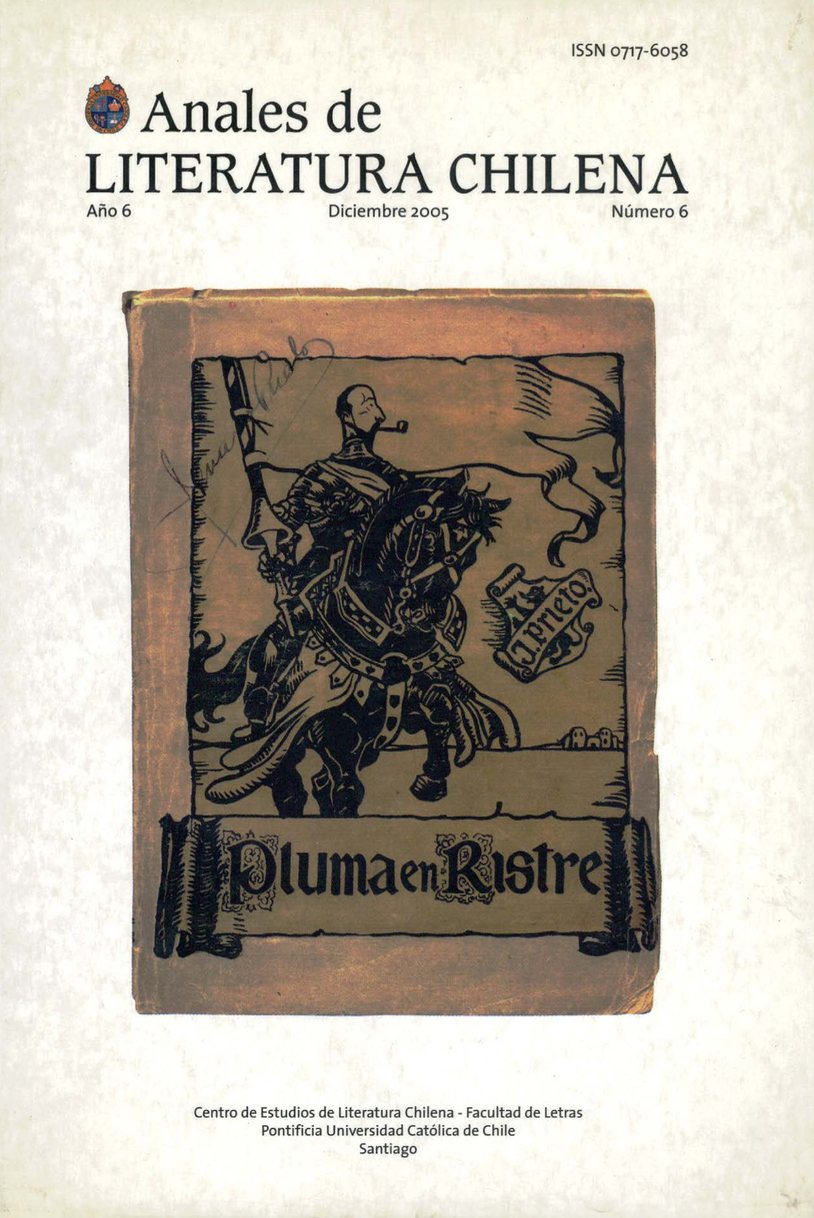Mandragora and mantic poetry
Keywords:
Mandragora, surrealism in Chile, main poetic themes, Braulio Arenas, Enrique Gómez-Correa, Teófilo CidAbstract
The Chilean Surrealist movement "Mandrágora", so called by its founders Braulio Arenas, Teófilo Cid, Enrique Gómez-Correa, who were soon joined by Jorge Cáceres and Juan Sánchez Peláez, was created in the crucial year of1938. The left-wing Popular Front came to power in Chile, the Civil War was underway in Spain, the Second World War was being staged in Munich, Stalinism and fascism threatened the values of Western culture and democracy. In the context of this Zeitgeist and inspired by a libertarian ethic and aesthetic as well as by the strong personality ofAndré Breton, these young Chileans went in search of an answer to the contradictions of their time. The seven notebooks of the group 's journal, Mandrágora, bring together the central themes of the movement: poetry and psychoanalysis, the magnetic field of images, objective chance and existential obsession, Eros and the Romantic tradition, demonic panic and black magic, the abolition ofAristotelian logic and the synthesis of Hegel, Marx and Freud, the fantastic and Kant, automatic writing and political dissidence. In short: an attempt to reach the Other shore of authentic life.
Downloads
Downloads
Published
How to Cite
Issue
Section
License

This work is licensed under a Creative Commons Attribution-NoDerivatives 4.0 International License.


